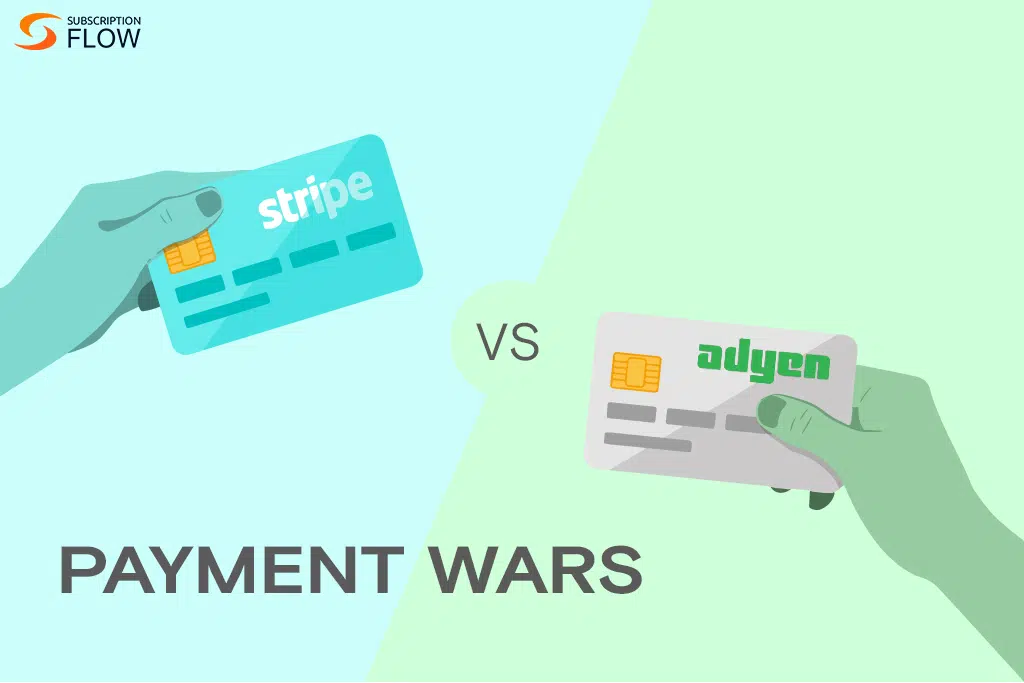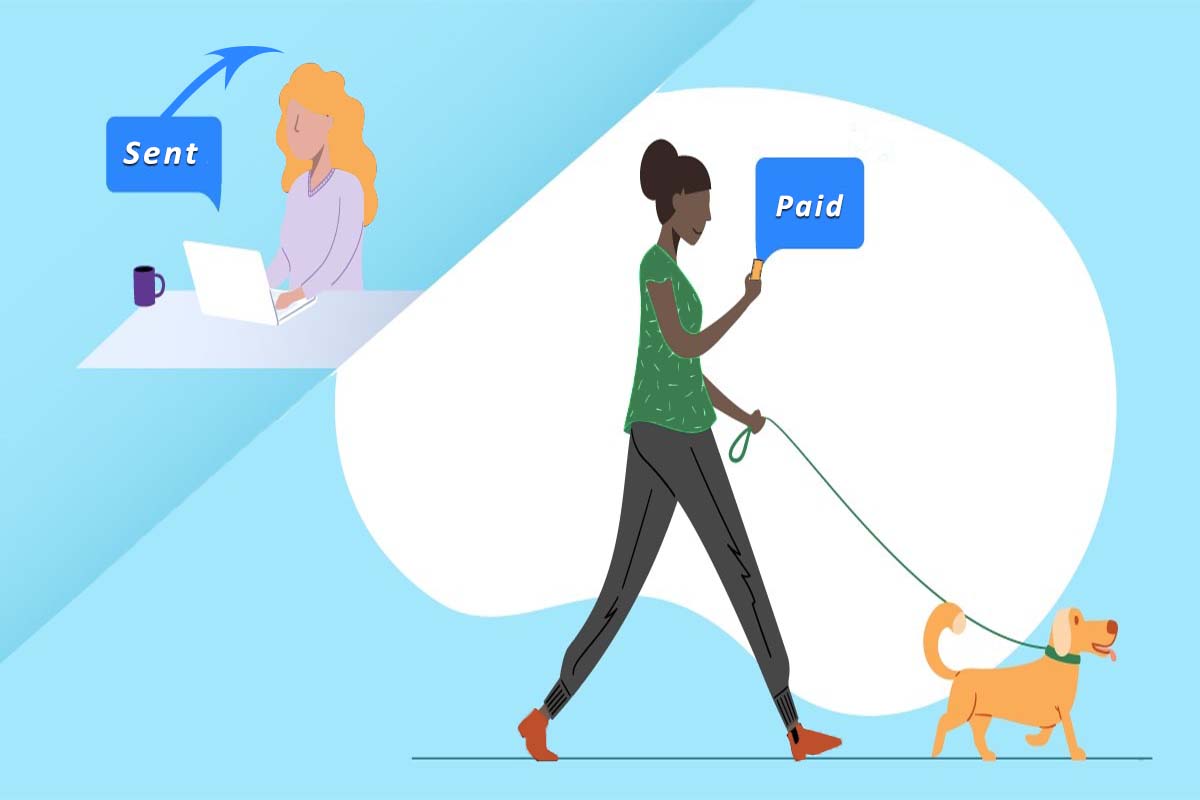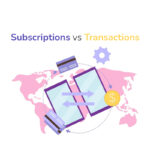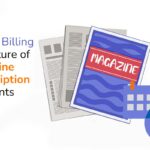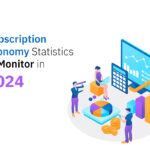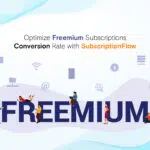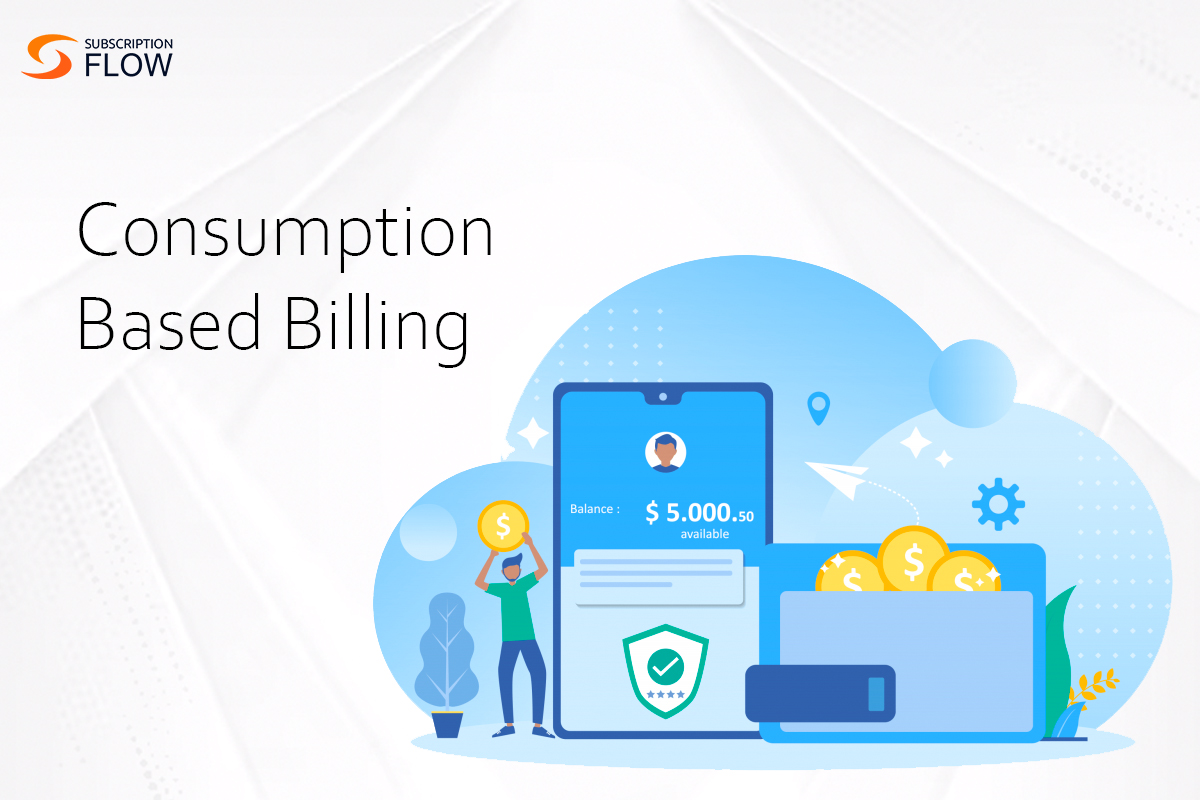
3 Key Tips That Could Help You Utilize Consumption Based Pricing to its Fullest
Did you know that conventional billing models had certain limitations in the past? Subscription based and fixed pricing were two payment methods that had benefits but also major drawbacks such as: flexibility for the client as well as the company. In order to give customers more billing options, the more complex consumption-based pricing plan combines usage-based pricing with the best features of subscription and fixed billing. These offered a steadier source of income and assisted companies in fostering relationships with their customers.
However, everything changed when consumption based pricing made its entry. To overcome subscription fatigue, increase revenue caps, and offer value that converts one-time customers into lifelong supporters, astute companies began embracing the alternative model called consumption based billing. In this blog, while keeping this context in mind, we will be going over what is the consumption based pricing model, its benefits for businesses, before agreeing on certain strategies of consumption based pricing to help boost your business.
Read more: How SubscriptionFlow Can Help Small Businesses Manage Their Usage-Based Billing Needs?
What is consumption based billing?
Customers can pay according to the amount of a service they have used with consumption-based pricing. Customers can start where they are comfortable and pay for more if necessary, so they are not required to purchase everything at once.
The method by which the price per unit of consumption is established is a consumption model’s second most crucial component. This strategy can be as straightforward as a fixed price for each unit or as intricate as multi-dimensional algorithms that can be based on variables like time of day or location. Furthermore, discounting is a common tactic used to encourage increased consumption.
What are the benefits of consumption based pricing?
One of the biggest benefits of the consumption based pricing model is that businesses can more precisely match their costs with their actual usage. Instead of having to pay a set fee for unlimited usage, a company that needs to use a specific software application only a few times a month can pay for those few uses. Significant cost savings may arise from this, especially for smaller companies or those with erratic usage patterns.
Businesses can also benefit from increased flexibility with usage-based billing, which enables them to adjust their usage as needed without having to pay large additional expenses. For instance, a business can quickly and simply expand its use of a specific service in response to an unexpected spike in demand.
Usage-based billing may be a more viable and lucrative pricing strategy for the provider. Providers are better equipped to monitor the usage habits of their clients and modify their prices accordingly. This enables them to make sure they are giving their clients value and to manage their resources more effectively.
3 Key Tips That Could Help You Utilize Consumption Based Pricing to its Fullest
1. Assess the Efficiency of Your Company: There is only going to be one constant in life: things change quickly, and you have to adjust. This covers your approach to billing. To keep a consistent revenue stream, your billing system must adapt to shifting business circumstances. It must also be able to accommodate changes in terms, tiers, business models, bundles, and pricing without interfering with daily operations. Retooling your billing infrastructure to test new pricing will make it harder for you to remain competitive.
For instance, a growing number of businesses are switching to a “burn-down” consumption billing model. Customers make payments in advance, and fees are deducted from the pre-funded account, as opposed to receiving an invoice after the goods or services have been consumed.
2. Implement Cust-cutting Measures for Your End Consumer: With this hybrid model, clients can get the most basic feature at a reduced cost with a straightforward subscription. A selection of usage-based, a la carte add-ons can help them tailor their purchase to get the best deal possible. By dividing up the “additional” features, the revenue cap that restricts bottom-line growth is removed without sacrificing the stability of the base subscription. The revenue then rises in proportion to the variety and value of the consumption-based features.
3. Analyze and Keep Track: Additionally, this division makes it possible for companies to more efficiently track and analyse usage data related to products or services, determining which offerings customers are consuming in combination, which ones they are avoiding entirely, and which ones they simply cannot get enough of. This enables companies to make real-time updates to their offerings in order to optimize value and maintain market leadership.
Read more: Why the Differences Between the Usage and Subscription-based Billing Models Matter?
How can SubscriptionFlow help businesses implement usage based billing?
With SubscriptionFlow, you can create custom pricing plans that suit your business needs and customer preferences. You can also monitor your usage data and optimize your pricing strategy accordingly. Furthermore, SubscriptionFlow helps you deliver a better customer experience and increase your retention and revenue.
Book a demo with SubscriptionFlow now to implement the most robust usage based pricing model for your business!



